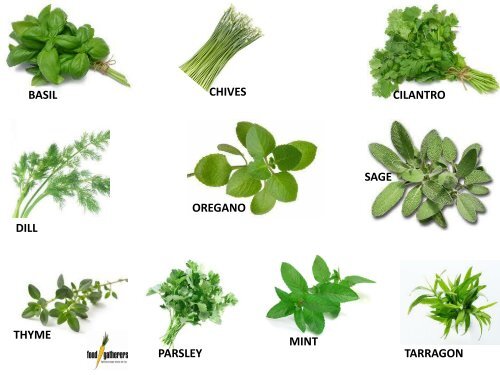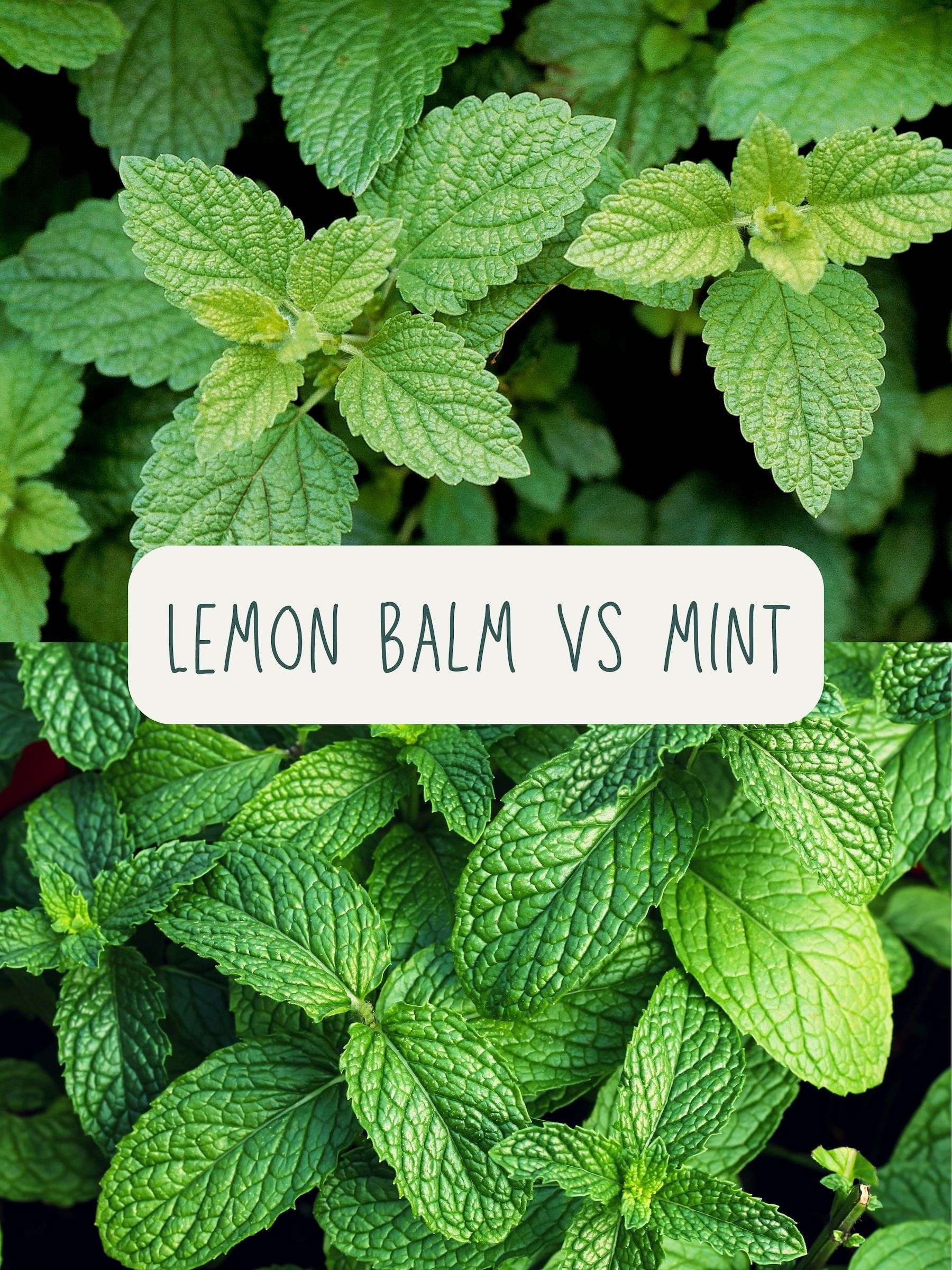The Ultimate Guide To Companion Planting Herbs In Raised Beds
The Ultimate Guide to Companion Planting Herbs in Raised Beds
Herbs are a great way to add flavor, fragrance, and beauty to your garden. They're also relatively easy to grow, making them a good choice for even beginner gardeners.
If you're planning on growing herbs in raised beds, there are a few things you need to know about companion planting. Companion planting is the practice of planting certain types of plants together to benefit each other. By planting herbs that complement each other, you can improve their growth, flavor, and pest resistance.
In this guide, we'll discuss the basics of companion planting herbs in raised beds. We'll cover what companion planting is, why it's important, and how to choose the right herbs to plant together. We'll also provide some specific companion planting combinations that you can try in your own garden.
What is Companion Planting?
Companion planting is the practice of planting certain types of plants together to benefit each other. There are two main ways that companion planting works:
- Attracting beneficial insects and pollinators. Some herbs attract beneficial insects, such as ladybugs, hoverflies, and bees. These insects help to control pests in your garden, which can save you time and money on pest control products.
- Reducing pest and disease problems. Some herbs can help to repel pests or diseases. For example, basil can help to repel mosquitoes, and chives can help to repel aphids.
Why is Companion Planting Important?
There are several reasons why companion planting is important. First, it can help to improve the health and productivity of your herbs. When herbs are planted with compatible companions, they can thrive and produce more flavorful leaves.
Second, companion planting can help to reduce pest and disease problems. By planting herbs that repel pests or diseases, you can help to keep your garden healthy and free of problems.
Third, companion planting can help to attract beneficial insects and pollinators. These insects are essential for pollination, which is necessary for the production of fruits and vegetables.
How to Choose the Right Herbs to Plant Together
When choosing herbs to plant together, there are a few things you need to consider. First, you need to consider the growing requirements of the herbs. Some herbs prefer full sun, while others prefer partial shade. Some herbs need well-drained soil, while others are more tolerant of wet soil.
Second, you need to consider the benefits that the herbs will provide each other. Some herbs attract beneficial insects, while others repel pests. Some herbs improve the flavor of other herbs.
Finally, you need to consider the appearance of the herbs. You may want to choose herbs that have different colors, textures, and heights to create a visually appealing garden.
Here are some specific companion planting combinations that you can try in your own garden:
- Basil, oregano, and thyme. These Mediterranean herbs all thrive in full sun and well-drained soil. They also complement each other in terms of flavor, making them a great choice for cooking.
- Chives, carrots, and tomatoes. Chives help to repel carrot flies and tomato hornworms, while carrots and tomatoes improve the flavor of chives.
- Sage, rosemary, and lavender. These herbs all prefer full sun and well-drained soil. They also have a strong fragrance that can help to deter pests.
- Parsley, mint, and dill. These herbs all prefer full sun and moist soil. They also have different flavors and textures, making them a great choice for salads and other dishes.
Conclusion
Companion planting is a great way to improve the health, productivity, and appearance of your herb garden. By planting herbs that complement each other, you can create a thriving garden that is both beautiful and beneficial.
Growing herbs in a raised bed is a great way to enjoy fresh, flavorful herbs all season long. And when you choose the right herbs to grow together, you can create a beautiful and productive garden.
Here are a few tips for choosing herbs to grow together in a raised bed:
- Consider the herbs' growing conditions. Some herbs, like basil and parsley, prefer full sun, while others, like mint and oregano, can tolerate some shade.
- Think about the herbs' flavors. Some herbs, like basil and thyme, have complementary flavors, while others, like mint and rosemary, have more contrasting flavors.
- Consider the herbs' heights. Taller herbs should be planted in the back of the bed, while shorter herbs should be planted in the front.
For more information about herbs to grow together in a raised bed, I recommend visiting Garden Wiki. This website has a wealth of information on companion planting, as well as specific recommendations for herbs that grow well together.
FAQ of herbs to grow together in raised bed
1. What are some good herbs to grow together in a raised bed?
There are many great herbs that can be grown together in a raised bed. Some popular combinations include:
- Basil, mint, and parsley: These herbs all have similar growing conditions and will help to repel pests.
- Chives, sage, and thyme: These herbs have different flavors that can be used to complement each other in cooking.
- Oregano, rosemary, and lavender: These herbs have a Mediterranean flavor that is perfect for salads, soups, and stews.
- Dill, cilantro, and tarragon: These herbs have a bright, fresh flavor that is perfect for salsas, guacamole, and other Mexican dishes.
2. What are some things to consider when planting herbs together in a raised bed?
When planting herbs together in a raised bed, there are a few things to consider:
- Sunlight: Most herbs need full sun, so make sure to choose a spot that gets at least 6 hours of sunlight per day.
- Soil: Herbs prefer well-drained soil, so amend your soil with compost or other organic matter before planting.
- Watering: Herbs need regular watering, especially during hot, dry weather.
- Space: Herbs can grow quite large, so be sure to space them out accordingly.
3. How do I know which herbs will grow well together?
There are a few things you can look for when choosing herbs to grow together:
- Similar growing conditions: Herbs that have similar growing conditions, such as sun exposure, soil type, and water requirements, are more likely to thrive together.
- Complementary flavors: Herbs with complementary flavors can be used to enhance each other's flavors in cooking.
- Attracting pollinators: Some herbs attract pollinators, such as bees and butterflies, which can help to pollinate your other plants.
4. What are some tips for growing herbs in a raised bed?
Here are a few tips for growing herbs in a raised bed:
- Use good quality soil: Herbs prefer well-drained soil that is rich in organic matter.
- Mulch around your plants: Mulching helps to retain moisture and suppress weeds.
- Water regularly: Herbs need regular watering, especially during hot, dry weather.
- Fertilize your plants: Fertilize your herbs every few months with a balanced fertilizer.
- Prune your plants: Pruning helps to keep your herbs healthy and productive.
5. What are some common problems that can affect herbs in a raised bed?
Here are a few common problems that can affect herbs in a raised bed:
- Pests: Herbs can be susceptible to pests such as aphids, spider mites, and whiteflies.
- Diseases: Herbs can be susceptible to diseases such as powdery mildew, rust, and verticillium wilt.
- Watering problems: Herbs can be susceptible to overwatering or underwatering.
- Nutrient deficiencies: Herbs can be deficient in nutrients such as nitrogen, phosphorus, and potassium.
Image of herbs to grow together in raised bed
Here are 5 different images of herbs to grow together in raised beds from Pinterest:
- Rosemary, oregano, sage, thyme, lavender, and marjoram. These herbs all have similar growing requirements and can be planted together in a sunny spot. They are also all fragrant, so they will make your garden smell amazing.

- Basil, parsley, cilantro, and tarragon. These herbs are all members of the mint family and can be planted together in a moist, well-drained spot. They are all flavorful and versatile, so they can be used in a variety of dishes.

- Chives, mint, and dill. These herbs are all hardy and easy to grow. They can be planted together in a sunny or partially shaded spot. Chives are a good source of vitamin C, mint is refreshing and versatile, and dill is a delicious addition to soups and salads.

- Lemon balm, mint, and rosemary. These herbs are all fragrant and can be used to make tea, lemonade, or infused oils. They can be planted together in a sunny spot.

- Thyme, oregano, and lavender. These herbs are all drought-tolerant and can be planted together in a sunny spot. They are also all fragrant, so they will make your garden smell amazing.

Post a Comment for "The Ultimate Guide To Companion Planting Herbs In Raised Beds"